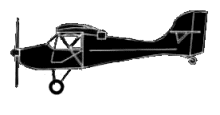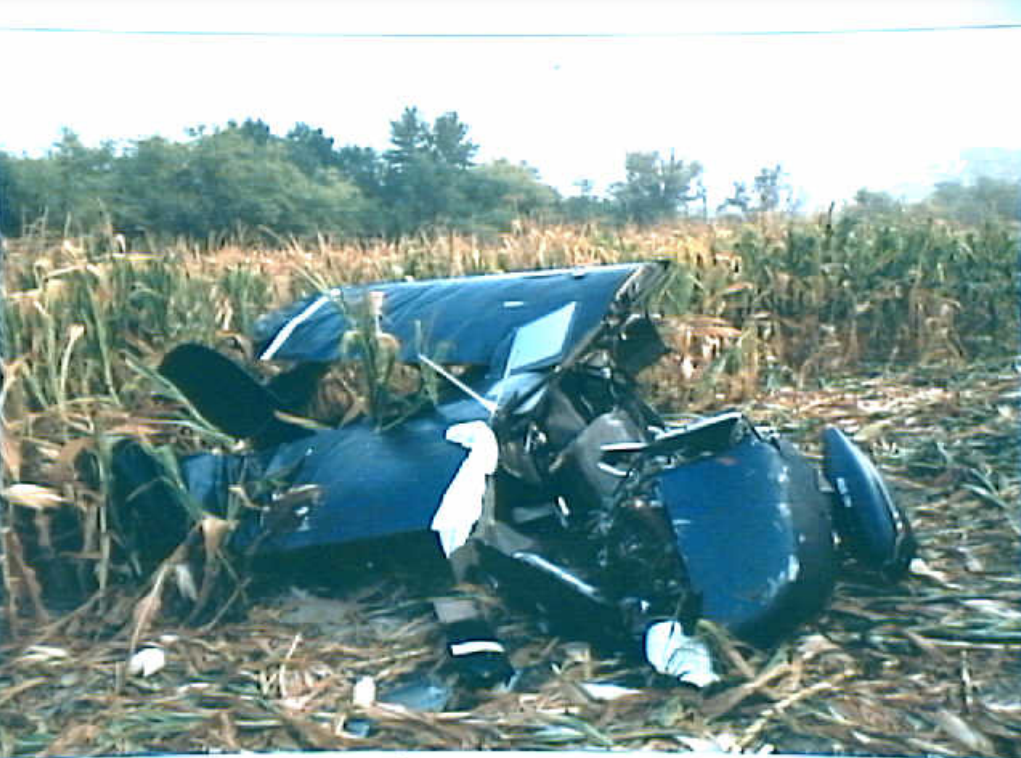
ASN Wikibase Occurrence # 40974
This information is added by users of ASN. Neither ASN nor the Flight Safety Foundation are responsible for the completeness or correctness of this information.
If you feel this information is incomplete or incorrect, you can submit corrected information.
| Date: | Wednesday 4 September 1996 |
| Time: | 18:30 |
| Type: |  Avid Flyer Aerobat |
| Owner/operator: | Green Castle Aero Club |
| Registration: | N95GC |
| MSN: | 1 |
| Total airframe hrs: | 165 hours |
| Engine model: | Subaru EA81 |
| Fatalities: | Fatalities: 1 / Occupants: 2 |
| Aircraft damage: | Destroyed |
| Category: | Accident |
| Location: | Oxford, IA -
 United States of America United States of America
|
| Phase: | Take off |
| Nature: | Training |
| Departure airport: | Green Castle Airport, IA (IA24) |
| Investigating agency: | NTSB |
| Confidence Rating: |
On September 4, 1996, at 1830 central daylight time, an experimental Green Castle Aero Club, Ltd. aerobat, N95GC, operated by the Green Castle Aero Club, Ltd., was destroyed when it impacted terrain following an in-flight loss of control in Oxford, Iowa. The commercial rated pilot sustained fatal injury and the pilot rated passenger sustained serious injury. The local, 14 CFR Part 91, instructional flight originated about 1830. Visual meteorological conditions prevailed and no flight plan was filed.
The flight instructor (CFI) and a private pilot were beginning a local instructional flight. They initiated a takeoff on runway 15, which contained a 90' wide sod area and a 24' wide asphalt area. A witness reported that [after lift-off], he observed the airplane 'banking into a turn, low to the ground, with its tail very low.' The private pilot reported that they 'were having trouble gaining enough airspeed and barely cleared the trees after takeoff.' He said the CFI assumed control of the airplane, and that they 'continued having trouble getting the proper amount of airspeed.' The next thing he remembered was 'the ground coming at them.' The private pilot did 'not recall hearing the engine miss.' According to operator personnel, the airplane stalled and 'spun' to the ground about 1/2 mile south of the runway. Examination of the accident site revealed the airplane crashed on slightly rising terrain. Corn stalks in the impact area were sliced at a descending angle, leading to a shallow impact crater. No preimpact flight control or engine control malfunction was discovered. The engine operated normally, when tested.
Probable Cause: Failure of the private pilot to maintain sufficient airspeed after takeoff, during the initial climb and turn to the crosswind leg; and a delay by the flight instructor (CFI) in taking remedial action to avoid a stall.
Accident investigation:
 |
|
Sources:
NTSB: http://www.ntsb.gov/ntsb/brief.asp?ev_id=20001208X06685
Images:

Photos: NTSB
Revision history:
| Date/time | Contributor | Updates |
|---|---|---|
| 24-Oct-2008 10:30 | ASN archive | Added |
| 21-Dec-2016 19:23 | ASN Update Bot | Updated [Time, Damage, Category, Investigating agency] |
| 18-Oct-2022 18:33 | Captain Adam | Updated [Departure airport, Narrative, Accident report, Photo] |
Corrections or additions? ... Edit this accident description
The Aviation Safety Network is an exclusive service provided by:


 ©2024 Flight Safety Foundation
©2024 Flight Safety Foundation